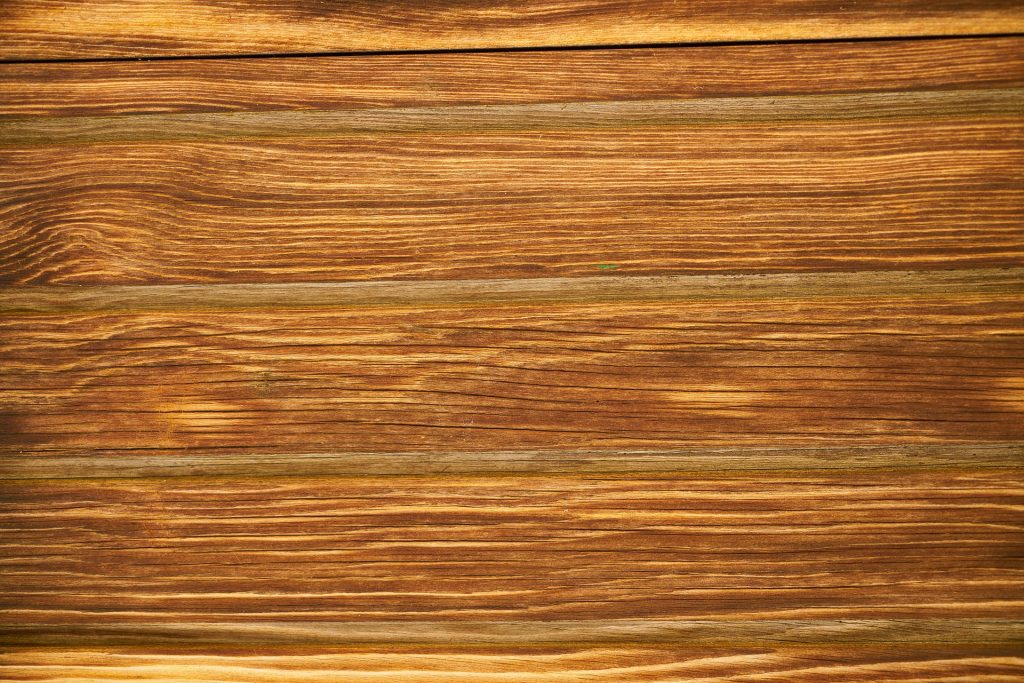
“Timber” refers to wood products that come from cutting down a tree, a raw material. It can be otherwise known as ‘rough timber’. Alternative natural products include bamboo, birch, cane, cedar, hardwood, veneer lumber (LVL), and plywood, considered under the ‘lumber’ umbrella. Fueled by the demand and social expectation to utilise more environmentally friendly products and to reduce building costs, timber became a construction spotlight. The advancement of timber design, engineering, and treatment (wood oil and mixed chemicals) provide fresh ways of achieving contemporary construction objectives. Here are some advantages to using a timber finish:
Game-Changing, Long Lasting
As the discovery of different timber functionalities has grown, the discovery of its strength, versatility, and durability as a construction material, has seen timber/wood be put to use in many different ways. The strength-to-weight ratio of timber is four to five times greater than non-reinforced concrete and 20% more than structural steel. While wood may be prone to natural decay, this risk becomes manageable when integrated with smart design and detailing. To significantly boost timber’s longevity through treatment with specially-made chemicals and natural timber oil or timber furniture oil has been a game-changer. High grade-engineered wood can withstand decay, moisture, and even termites. It can endure the most extreme weather conditions and requires very little maintenance.

On Acoustics And Aesthetics
Studies have shown that noise is a crucial cause of disruption, which can lead to a reduction in productivity, concentration and overall happiness, and peace of mind. These studies also indicate that regulating sound can influence human behavior and well-being. These findings led the future of design toward the consideration of noise management. As both the design enterprise and the consumers become more knowledgeable about the significance of noise control and acoustics, the industry began to shift from using flat and sturdy materials that reflect sound such as glass or ceramic to opting for non-reverberating surfaces. Timber is known for its auricular characteristics. It has a strong noise dampening capacity and can curtail the transmission of sound vibrations, thus, breaking up the sound and reducing echoes. It also stands out as an acoustic remedy that is also quite aesthetically pleasing. Timber is naturally beautiful and can impart a specific distinction to any project. With its beauty and richness, it brings a timeless appeal that nothing can ever replicate.
Earth Loving, Hearth Building
Timber has become a popular choice among sustainability warriors and has become the star of green construction because it naturally absorbs carbon dioxide, and it is renewable. Additionally, the harvesting, extraction, and processing of timber and timber products require significantly minimal energy compared to other mainstream resources or building materials, causing its carbon footprint to be considerably less. Without a doubt, sustainably sourced timber is one of the most earth-friendly materials in construction.
Inner Glimmer With Timber
This year, the term “home” took on a new meaning because of COVID-19 precautions. The pandemic changed people’s behavior, but it heightened circumstances for those who live in high-rise or high-density lodgings. “Home” shifted from a place of solace and refuge to something more confining and isolating. The home can be more in touch with nature by using textured materials like timber. As many studies have connected the beneficial effects of natural elements on a human being’s health and well-being, the use of timber finish can help make your home healthier and more comfortable, especially for homes without outdoor spaces. Not only does it improve thermal comfort and air quality, but timber’s many attributes also impact cognitive performance, and may boost mood and lessen stress levels.

